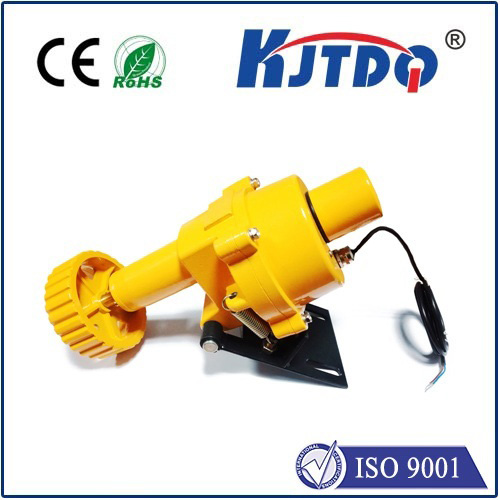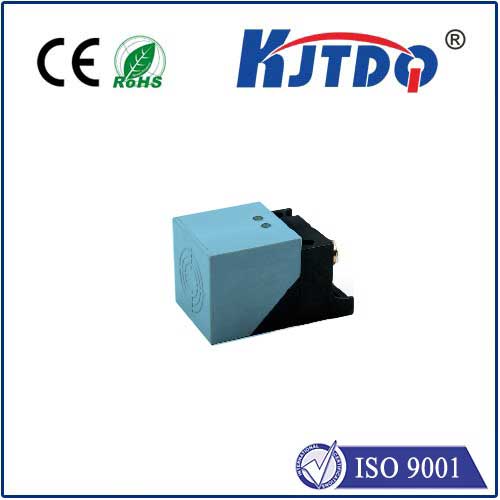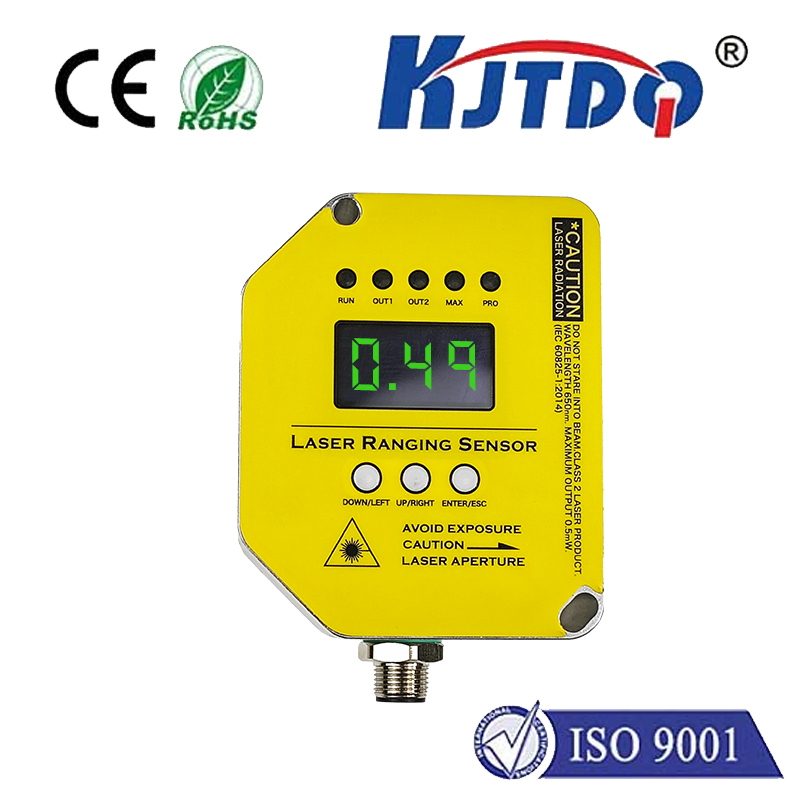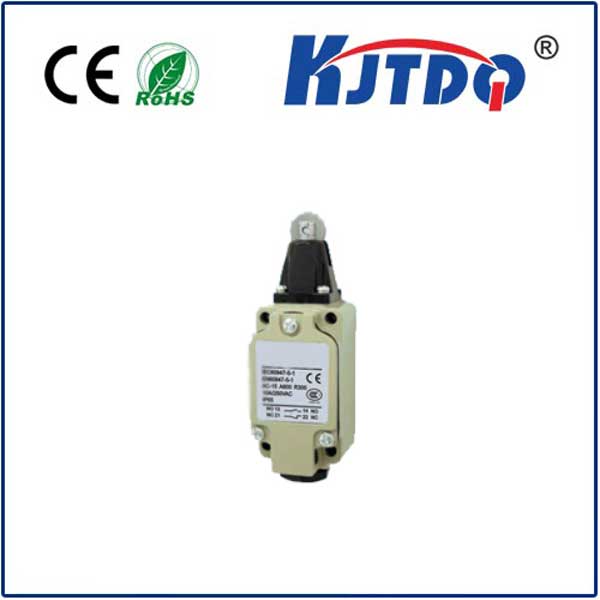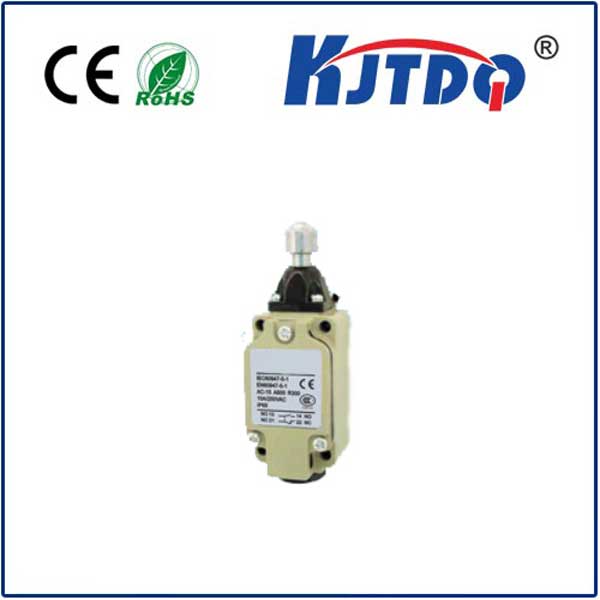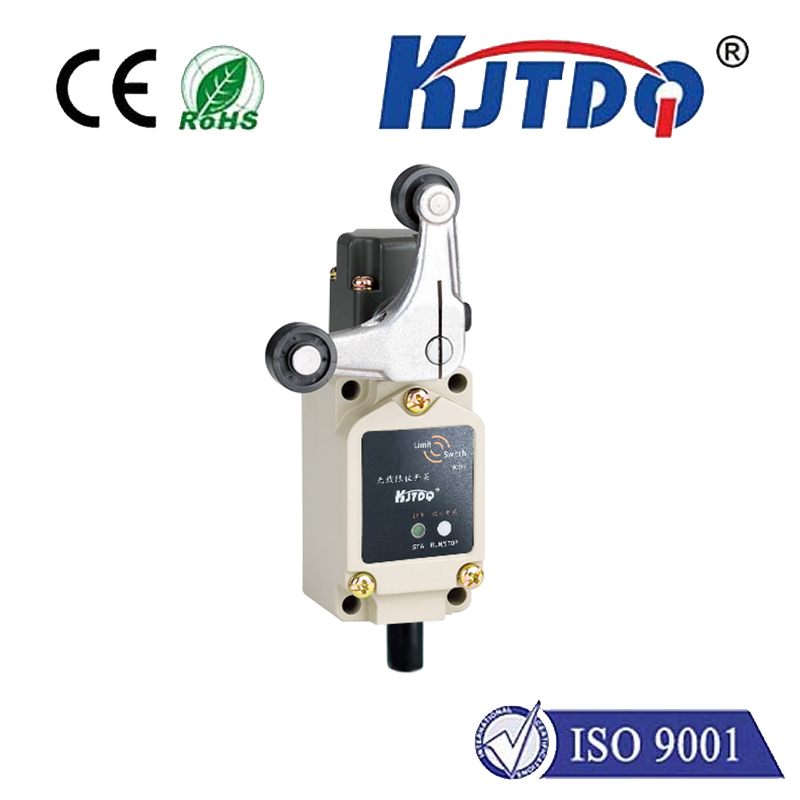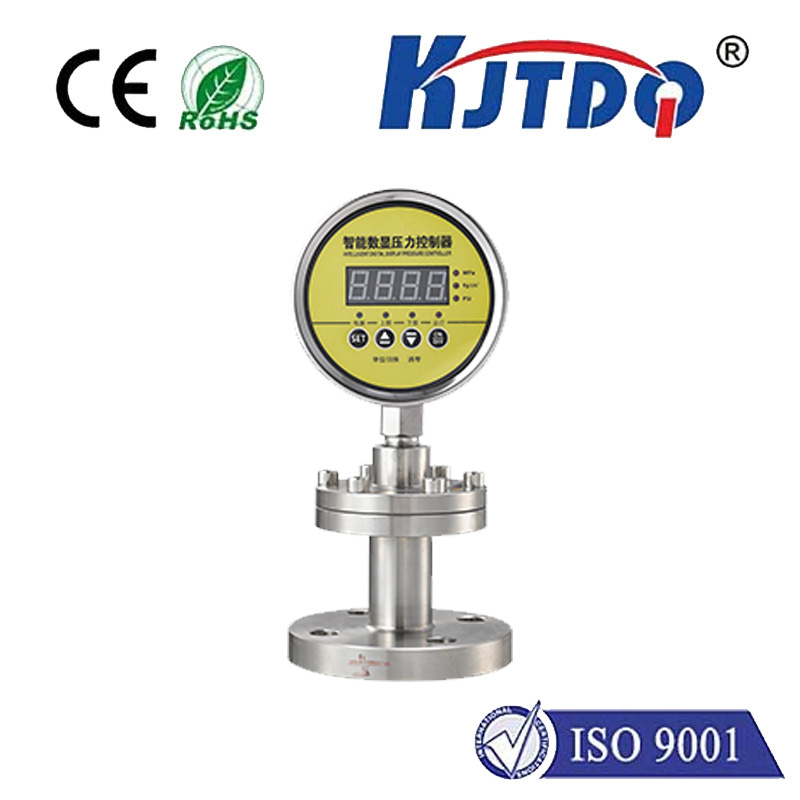Промышленный ограничительный переключатель
- time:2025-09-12 03:52:48
- Нажмите:0
Industrial Limit Switches: The Unsung Heroes of Automation Position and Safety
Think about the smooth, precise operation of a robotic arm on an assembly line. Consider the giant steel coils moving through a rolling mill. Imagine the elevator stopping perfectly level with your floor. Behind countless automated motions and critical safety functions in factories, warehouses, and machinery worldwide, a remarkably simple yet utterly vital component quietly performs its duty: the Промышленный ограничительный переключатель. Often overlooked, these rugged devices are fundamental building blocks of automation, providing essential position feedback and safeguarding operations. Understanding their role reveals why they remain indispensable in the modern industrial landscape.
What is an Industrial Limit Switch?
At its core, an industrial limit switch is an electromechanical device designed to detect the presence or absence, passage, or position of an object, typically within a machine or process. It functions by being physically actuated – meaning an external force, usually from a moving part like a machine arm, door, gate, or conveyor component, presses against its mechanical lever, plunger, or roller. This physical interaction triggers an internal mechanism, changing the state of its electrical contacts. Essentially, it translates mechanical motion into an electrical signal – a simple “on” or “off” command – that tells a control system (like a PLC - Programmable Logic Controller) that a specific position or condition has been reached.
Unlike proximity sensors that detect objects without physical contact, limit switches rely on that tangible interaction. This direct mechanical actuation, while sometimes seen as a limitation, is often a key strength, offering simplicity, robustness, and clear physical feedback.
Why Are They So Crucial? Core Functions

Industrial limit switches serve two primary, equally critical functions:
- Position Sensing and Control: This is their most common role. Limit switches provide definitive signals to control systems about the precise location of moving parts. For example:
- Signaling an overhead crane when it has reached the end of its travel path.
- Telling a packaging machine when a product is correctly positioned for sealing.
- Indicating when a valve has been fully opened or closed.
- Confirming the home position for a robotic arm before starting a sequence.
- Safety Interlocks and Protection: Their role in machine safety is paramount. Limit switches act as safeguards:
- Preventing access to hazardous areas unless safety guards are correctly closed and locked (e.g., on a punch press).
- Stopping machinery if a door or access panel is opened unexpectedly.
- Halting motion if a component travels beyond its safe limits (over-travel protection), preventing collisions, damage, or potential injury.
- Acting as emergency stop triggers in specific configurations.
Diverse Designs for Demanding Environments
The harsh realities of industrial settings demand limit switches built to withstand significant punishment. They are engineered for reliability under challenging conditions:
- Environmental Protection:ВысокийIngress Protection (IP) ratings (e.g., IP65, IP67) are standard, ensuring resistance against dust, dirt, moisture, oil, and coolants.
- Прочная структура: Housings are typically made of durable metals (zinc die-cast, stainless steel) or high-strength thermoplastics.
- Electrical Ratings: Designed to handle typical industrial control voltages (e.g., 24VDC, 120VAC, 240VAC) and currents for reliable switching.
- Actuator Variety: The physical point of contact comes in many forms:
- Lever Arms: Often with adjustable rollers, ideal for detecting the sides or edges of objects over a range.
- Plungers: Compact, requiring direct push force, suitable for precise point detection.
- Rotary Levers: Used for rotational motion sensing.
- Wobble Sticks/Flex Rods: Detect objects from multiple directions.
- Forked Levers: Sense the passage of objects between tines.
- Contact Configurations: Known as “poles and throws” (SPST, SPDT, DPDT), defining how the internal electrical circuit opens and closes when actuated. Slow-break or fast-break contacts are chosen based on the electrical load to minimize arcing and contact wear.
Common Industrial Applications: Where They Shine
The versatility and reliability of industrial limit switches see them deployed across virtually every sector:
- Перевозка материалов: Conveyor belt positioning, palletizer height limits, automated storage & retrieval systems (AS/RS), crane travel endpoints.
- Packaging Machinery: Product presence detection, case sealer position verification, fill level control.
- Robotics: Arm joint limits, gripper open/close confirmation, work cell safety gates.
- Automotive Manufacturing: Fixture clamping confirmation, transfer line position sensing, safety guarding on presses and welders.
- Process Industries: Valve position feedback (open/close), pump/motor status, tank level limits.
- Textile Machinery: Thread break detection, loom shuttle position.
- Door & Gate Control: End-of-travel limits for automatic doors, gates, and barriers. Safety edges (often a specialized type of limit switch).
Selecting the Right Limit Switch: Key Considerations
Choosing the optimal industrial limit switch requires careful evaluation of the application:
- Application Function: Is it primarily for position control or safety? Safety-critical applications demand switches built and certified to specific standards (like IEC 60947-5-1).
- Actuator Type: What mechanical motion will activate the switch? Consider direction of travel, force required, and repeatability needed.
- Environmental Conditions: Exposure to dust, moisture, chemicals, temperature extremes, or washdowns dictates the required IP rating and housing material.
- Electrical Requirements: What voltage/current does the control circuit use? What contact configuration (SPDT, etc.) is required? Slow-break contacts are often essential for inductive loads like solenoids or motors.
- Mounting: How and where can the switch be physically installed? What mounting accessories are needed?
- Reliability & Durability: Expected cycle life and mechanical stress are crucial. High-quality switches offer millions of operating cycles.
- Certifications: Are specific industry or safety certifications required (e.g., UL, CSA, ATEX for hazardous areas)?
Beyond the Basics: Modern Relevance
While newer sensing technologies emerge, the industrial limit switch endures for compelling reasons. Its simplicity translates to straightforward installation, troubleshooting, and lower cost in many situations. Its robustness makes it uniquely suited to harsh industrial environments where dust, moisture, vibration, and impact would cripple more delicate electronic sensors. The physical actuation provides a clear, unambiguous signal and can serve as a mechanical backup or visual indicator. Crucially, its fundamental role in safety interlocks is often legally mandated and relies on proven, reliable technology.
In essence, industrial limit switches are the workhorse sensors of automation. They provide the fundamental “yes” or “no” answers about position and state that complex control systems rely upon to execute sequences smoothly and safely. From ensuring a conveyor stops correctly to preventing catastrophic machine accidents, these unassuming devices play a foundational role in the efficient, reliable, and safe operation of our modern industrial world. Their continued evolution focuses on enhancing ruggedness, sealing, and ease of integration, proving that even in the age of complex sensors and IIoT, a simple, reliable mechanical switch remains absolutely vital.

